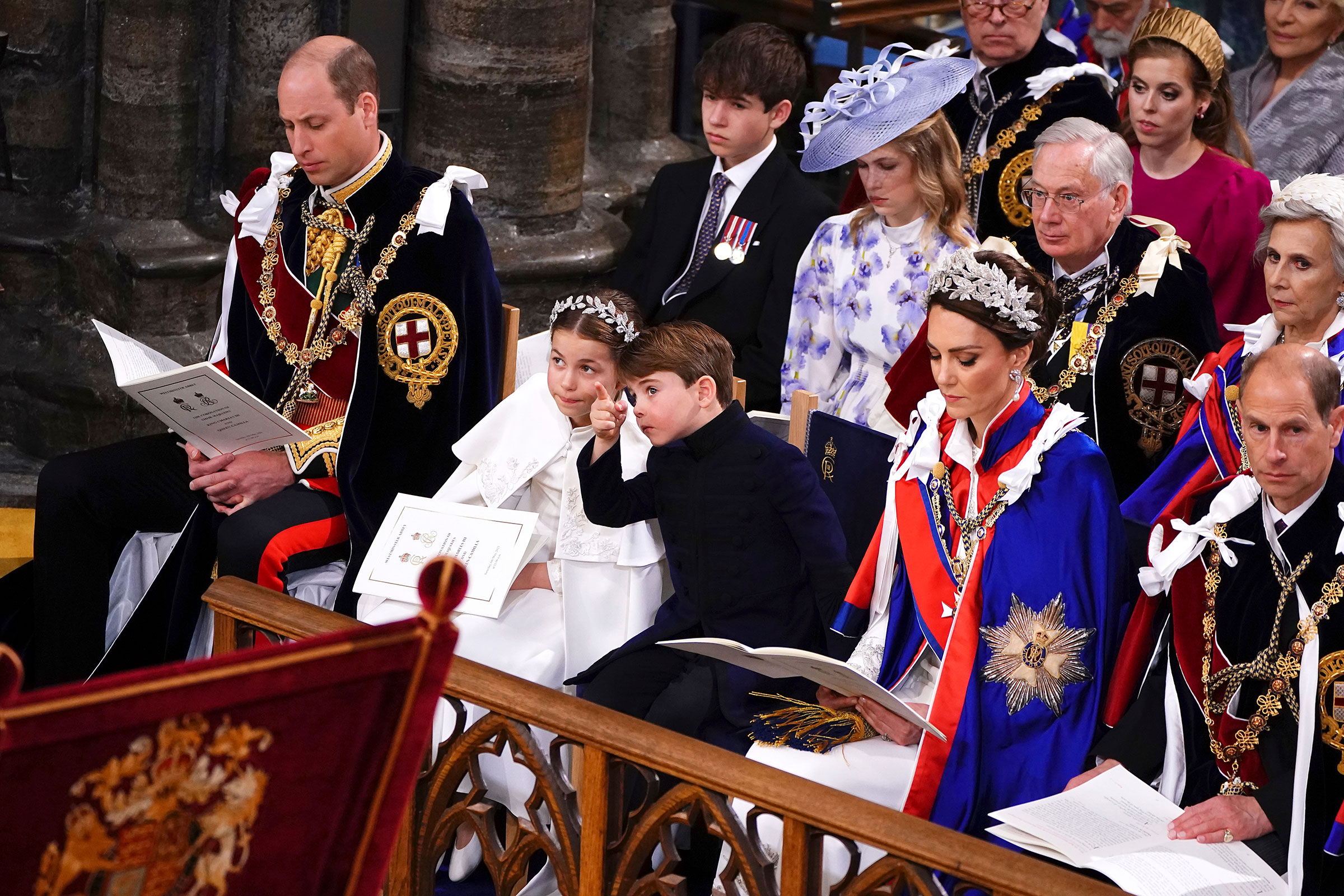Under the glittering vaults of Windsor Castle, two royal worlds met in a moment that looked more like legend than reality. Princess Catherine appeared in liquid silver, her gown catching every shard of light beneath the weight of the Delhi Durbar Tiara — a £10 million relic once worn by queens who shaped empires. Opposite her, Princess Rajwa of Jordan glowed in gold, crowned with Queen Noor’s diamond tiara, a national treasure of Hashemite history worth over £5 million. Side-by-side, the two women stood as living emblems of legacy — British tradition facing Jordanian grace, each powerful in a different register. Beside them, Prince William and Crown Prince Al Hussein embodied the quiet diplomacy beneath the spectacle — two heirs, two futures, one message of alliance. But for all the grandeur, the moment that people are still talking about was not the jewels, nor the protocol… it was the split-second exchange between Catherine and Rajwa — a silent, unguarded look that witnesses say changed the tone of the room, and may mean more than anyone yet realises

Under the chandeliers of St. George’s Hall, a rare and visually arresting moment unfolded as two royal worlds — British and Jordanian — appeared side-by-side in a display of pageantry, diplomacy, and generational continuity.
Princess Catherine of Wales entered the reception in a silver-hued evening gown, crowned with the Delhi Durbar Tiara, the £10 million emerald-set masterpiece originally created for Queen Mary in 1911 and inherited through the British royal line. The towering piece, seldom seen in modern settings, immediately anchored the night in imperial history.
Opposite her stood Princess Rajwa Al Hussein of Jordan, wearing Queen Noor’s diamond tiara, a national heirloom of the Hashemite royal family estimated at over £5 million. Where Catherine’s look recalled British grandeur, Rajwa’s carried the warmth and golden restraint of Middle Eastern court tradition — two aesthetics, both regal, neither diminished by the other.
Symbolism Beyond the Sparkle

The tableau did more than supply spectacle. With Prince William at Catherine’s side and Crown Prince Al Hussein beside Rajwa, the four appeared as living symbols of a relationship that stretches beyond ceremony.
Diplomatic analysts described the gathering as a “soft-power stage”: Jordan reinforcing its long-standing alliance with Britain, Britain reaffirming its ties to a key Middle Eastern monarchy at a time of regional volatility.
A Human Moment Beneath the Gold
Despite the formal set-piece nature of the evening, witnesses close to the receiving line noted an unexpected, quiet exchange between the two princesses.
“They shared a look — brief, but unmistakably real,” said one attendee. “For a second the tiaras, the walls, the cameras disappeared. It was two women, not two institutions.”
No audio or transcript captured what followed; the moment passed as quickly as it came, swallowed by applause and protocol. But it left those who saw it convinced that the bond on display last night was not merely statecraft — it was personal, and perhaps the beginning of a new chapter in royal friendships.
An Image With Staying Power
:max_bytes(150000):strip_icc():focal(822x335:824x337)/Kate-Middleton-and-Prince-William-050623-5806fa56a4eb4927bcb9ae12b36e321c.jpg)
In a monarchy often measured in symbolism rather than policy, the night accomplished what such occasions are designed to do:
project stability, transmit heritage forward, and create scenes that will live longer in memory than in headlines.
And for many inside Windsor, it was not the jewels that lingered — but the tiny, wordless exchange that briefly eclipsed them.



